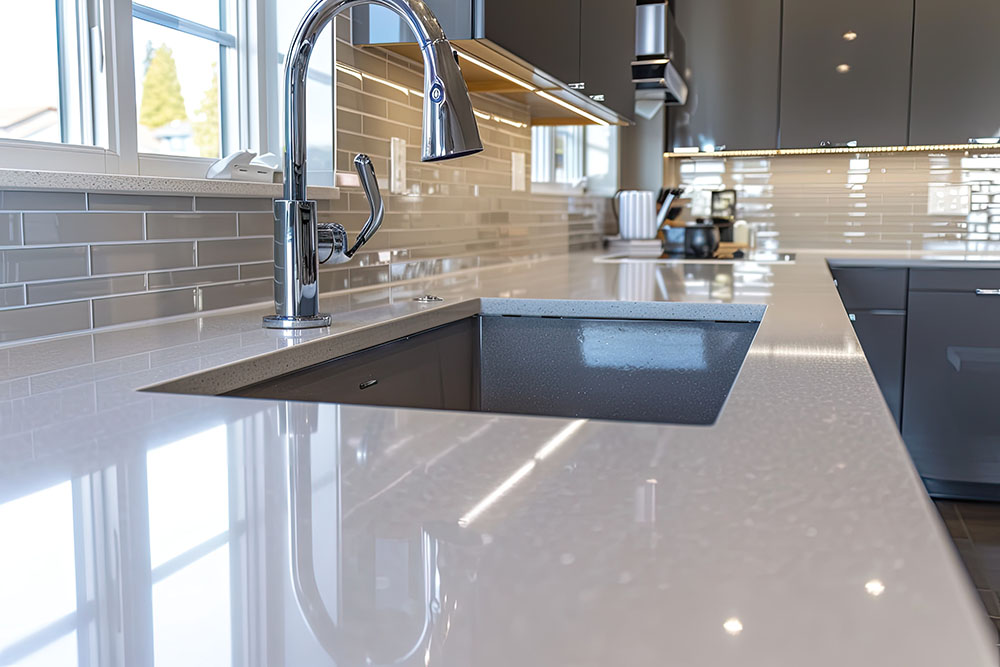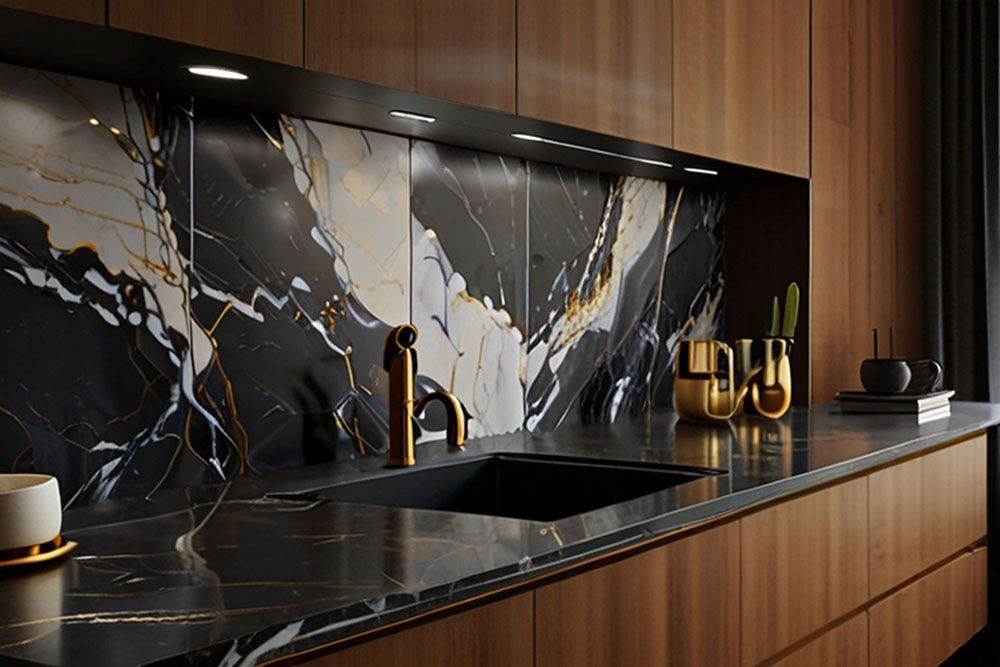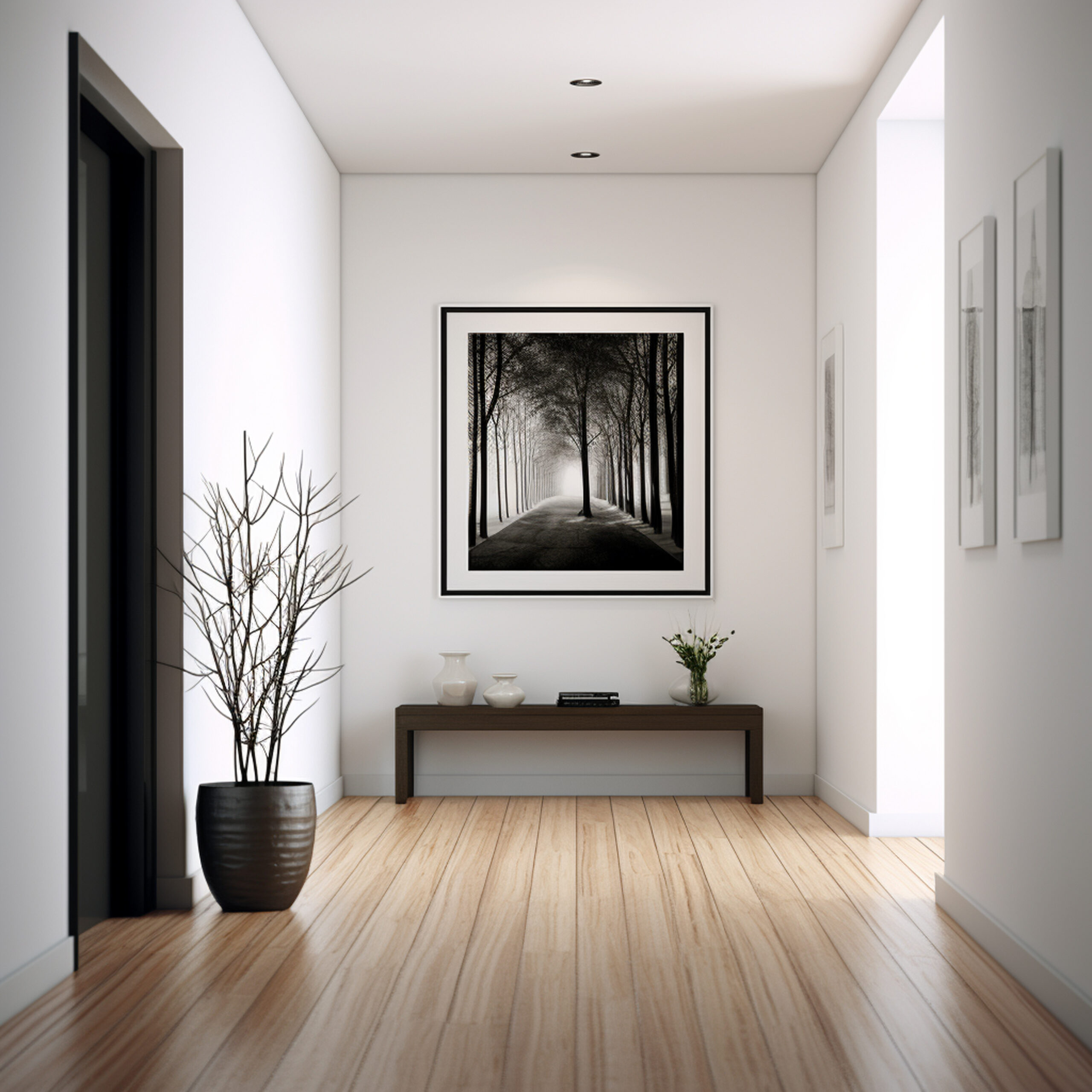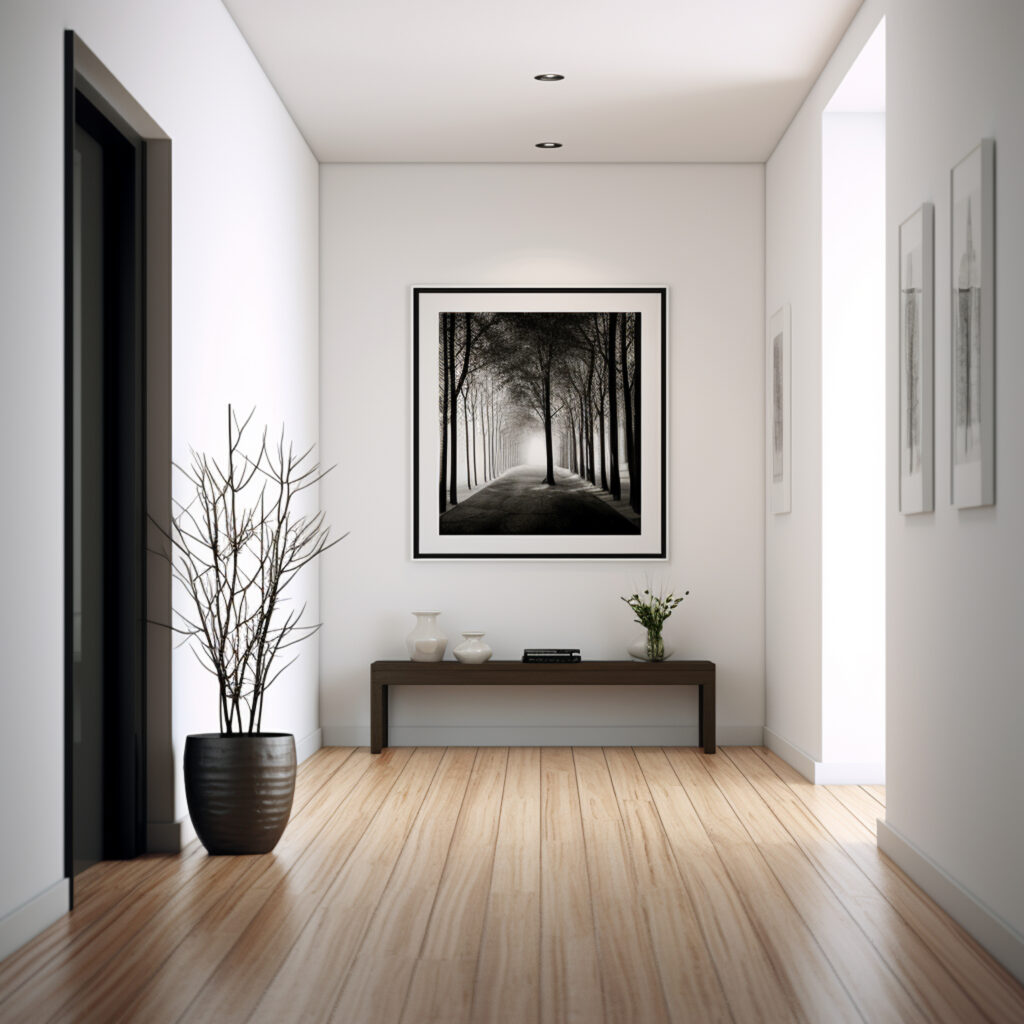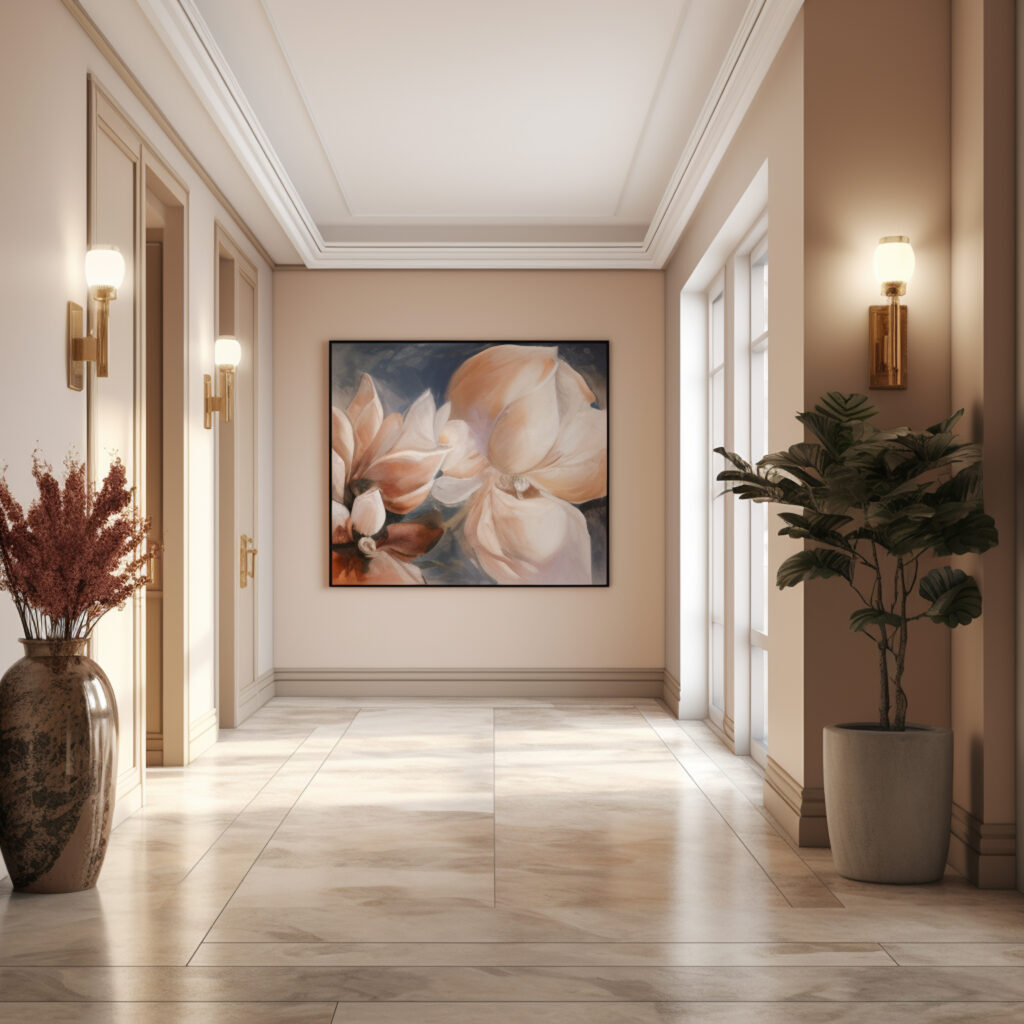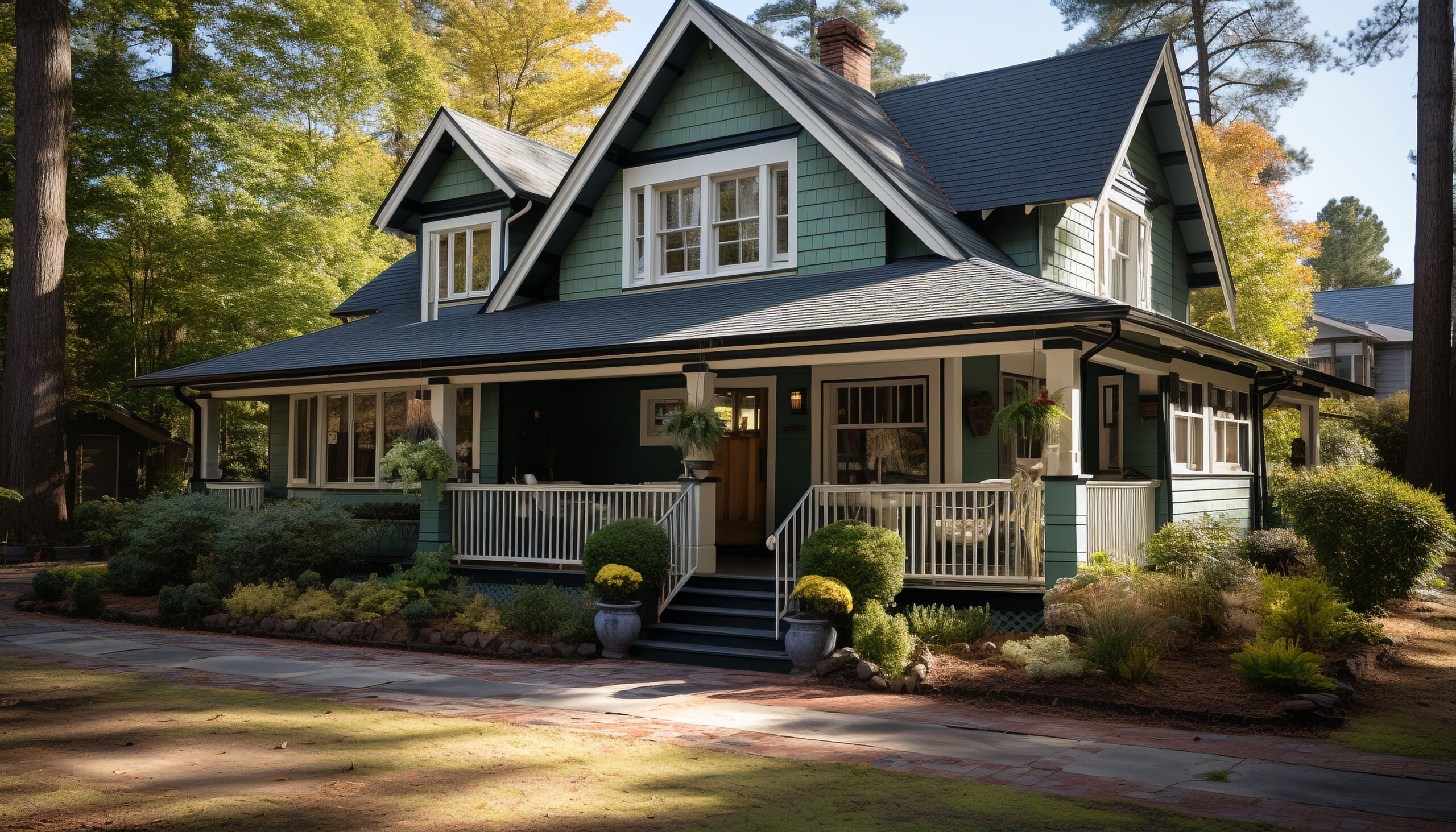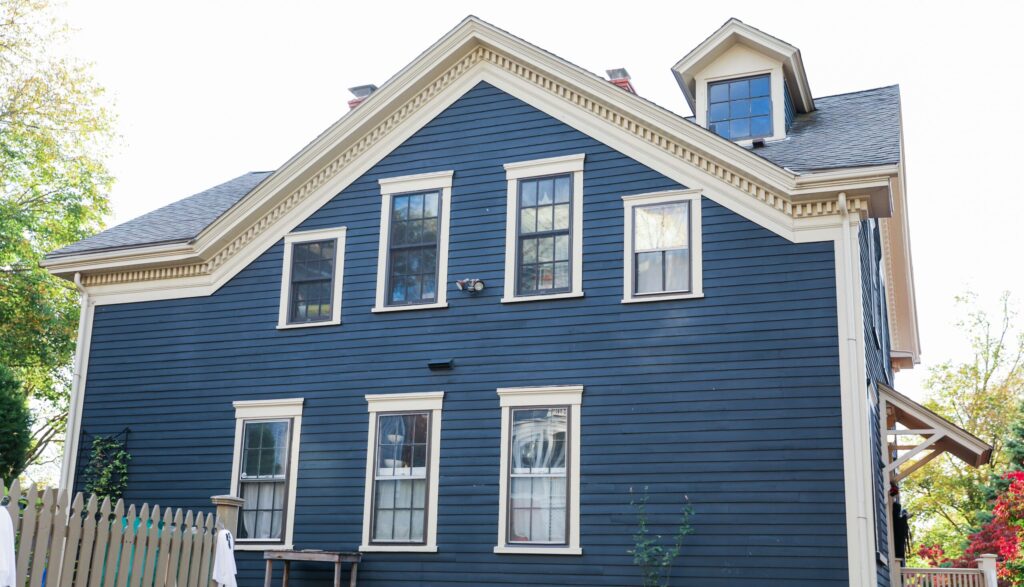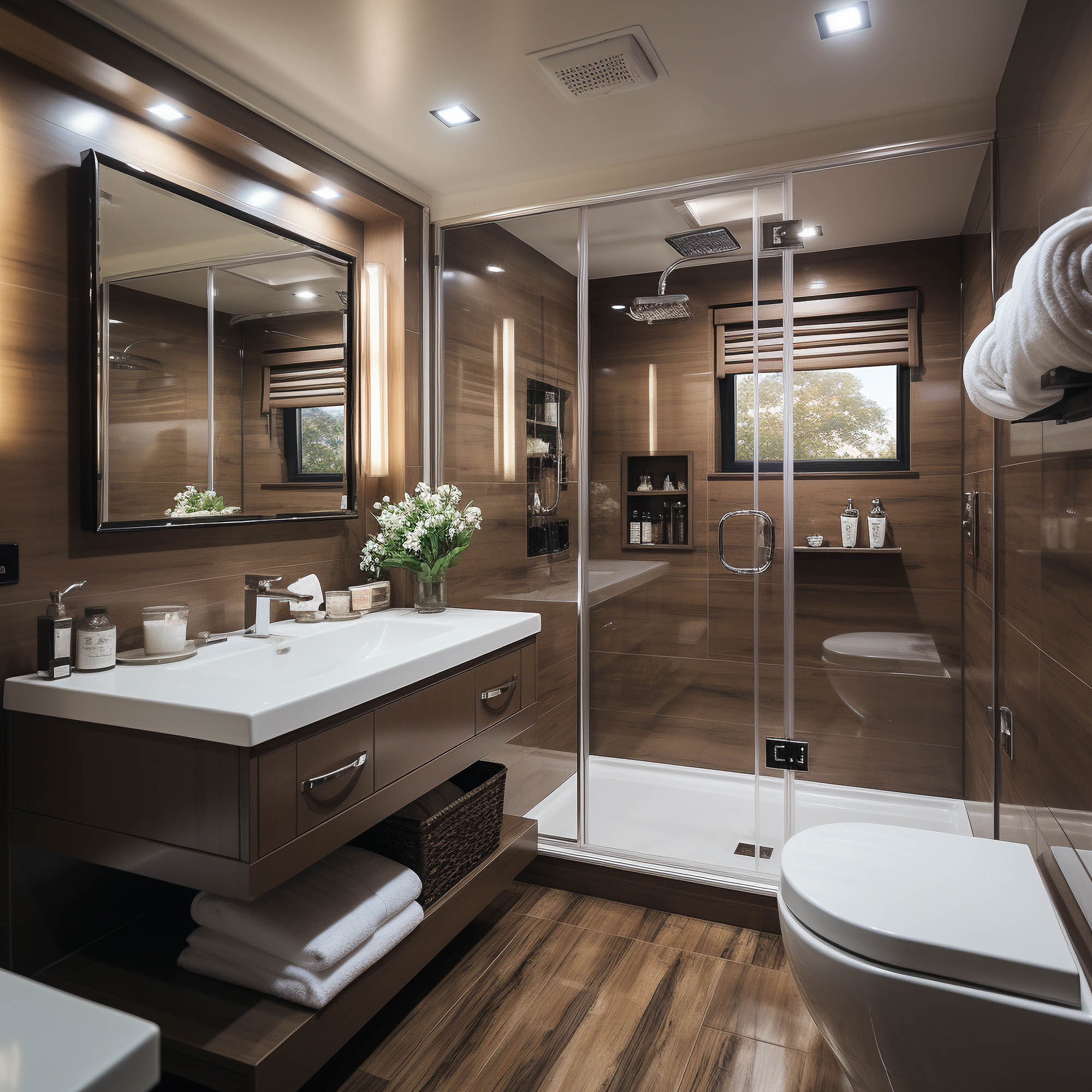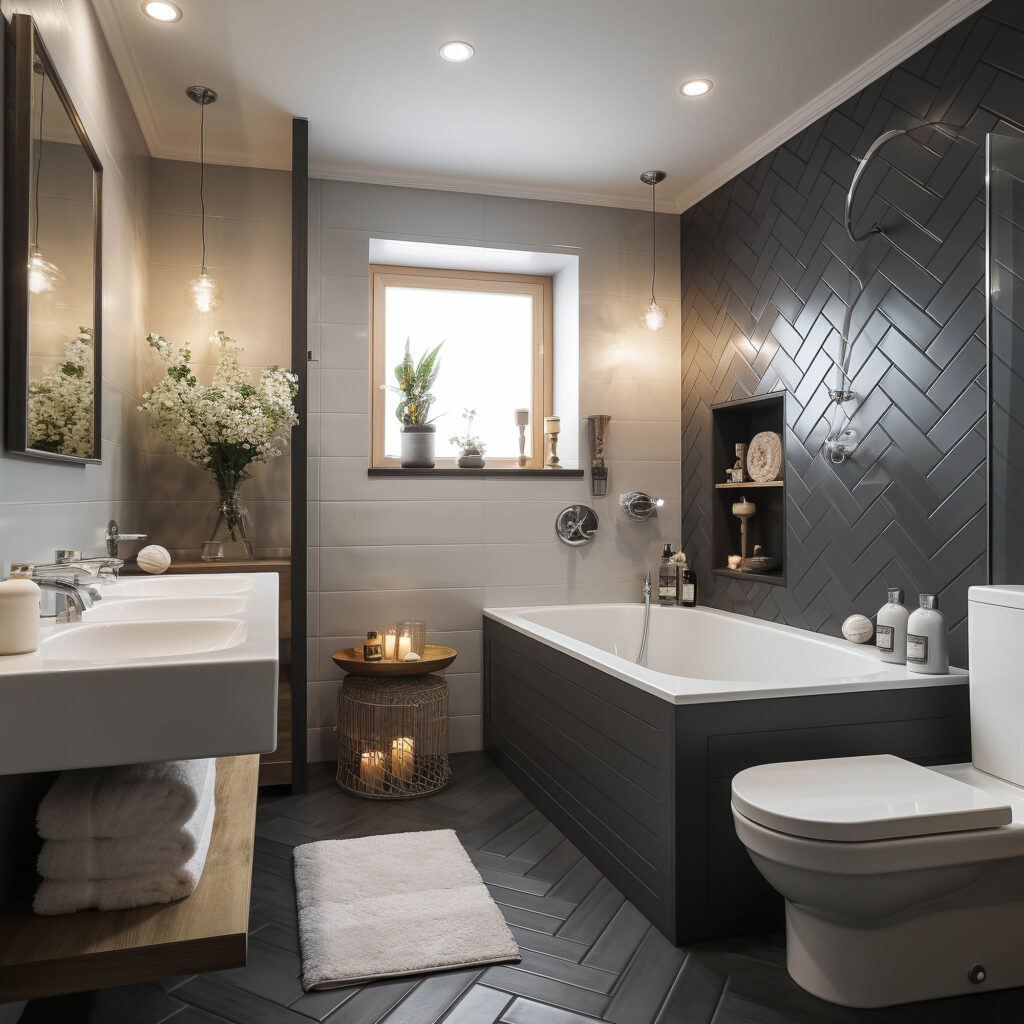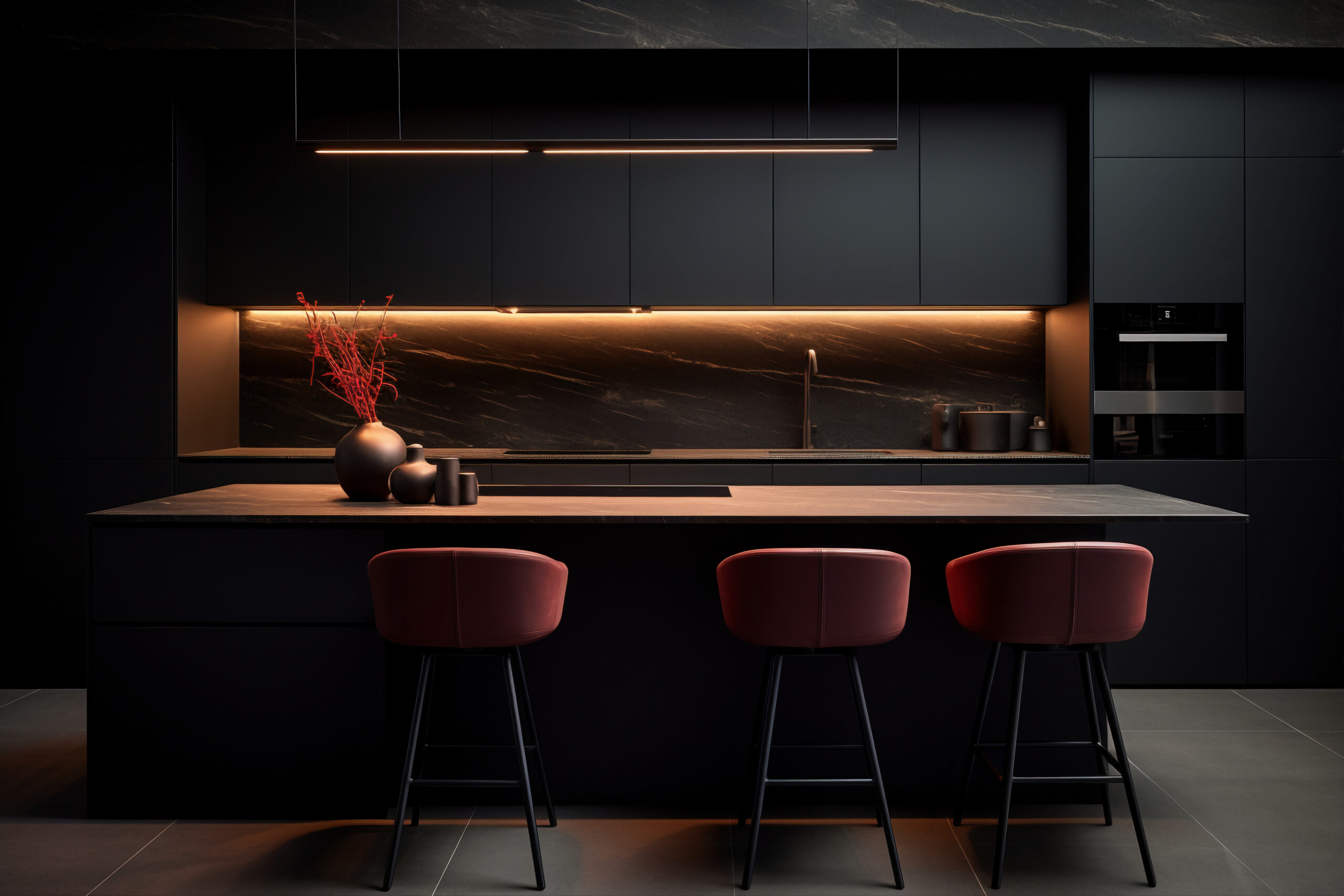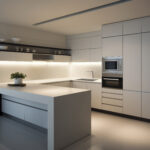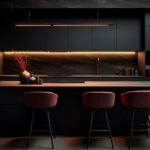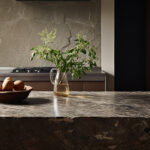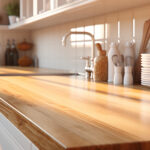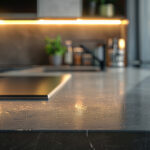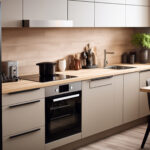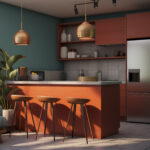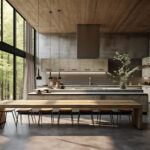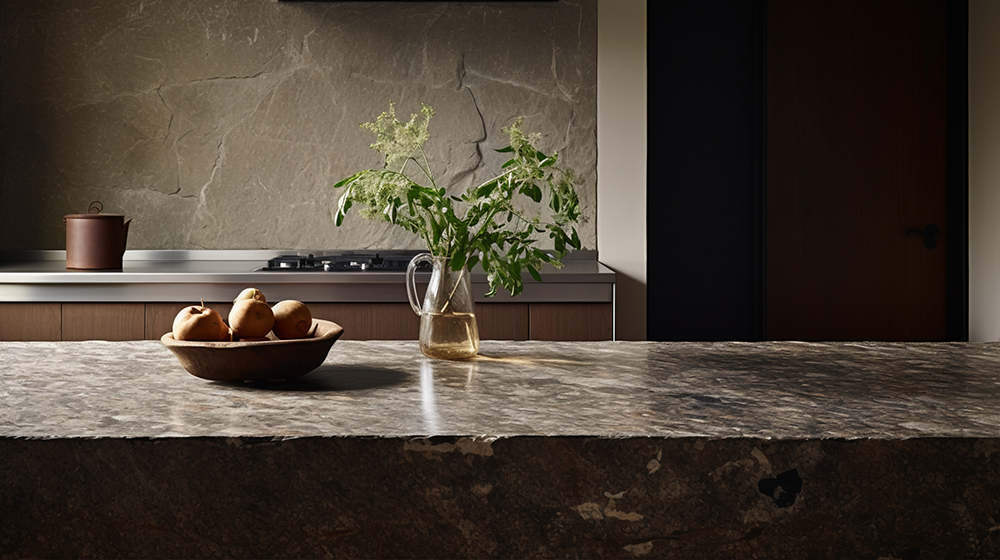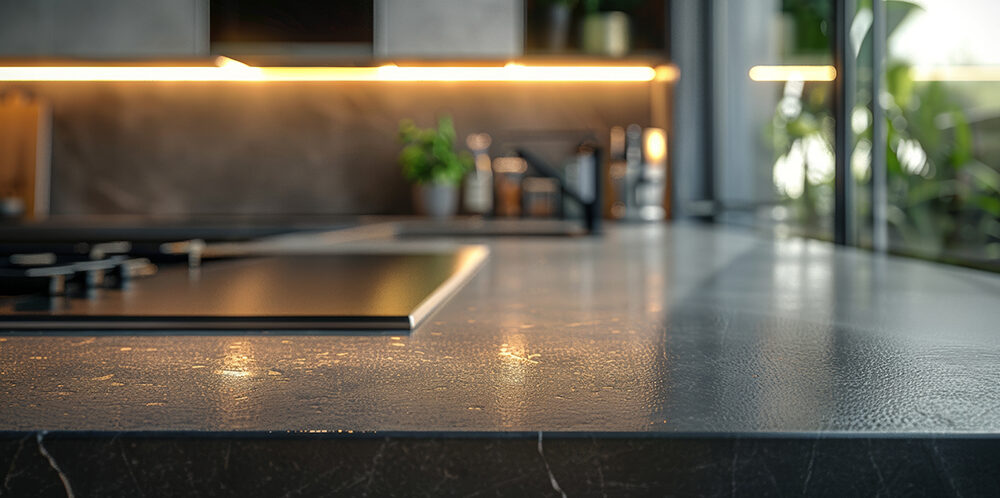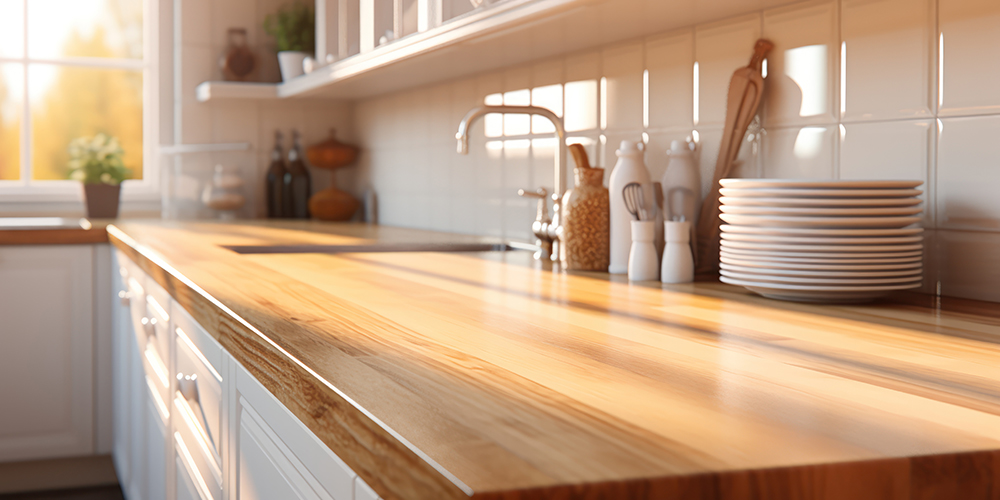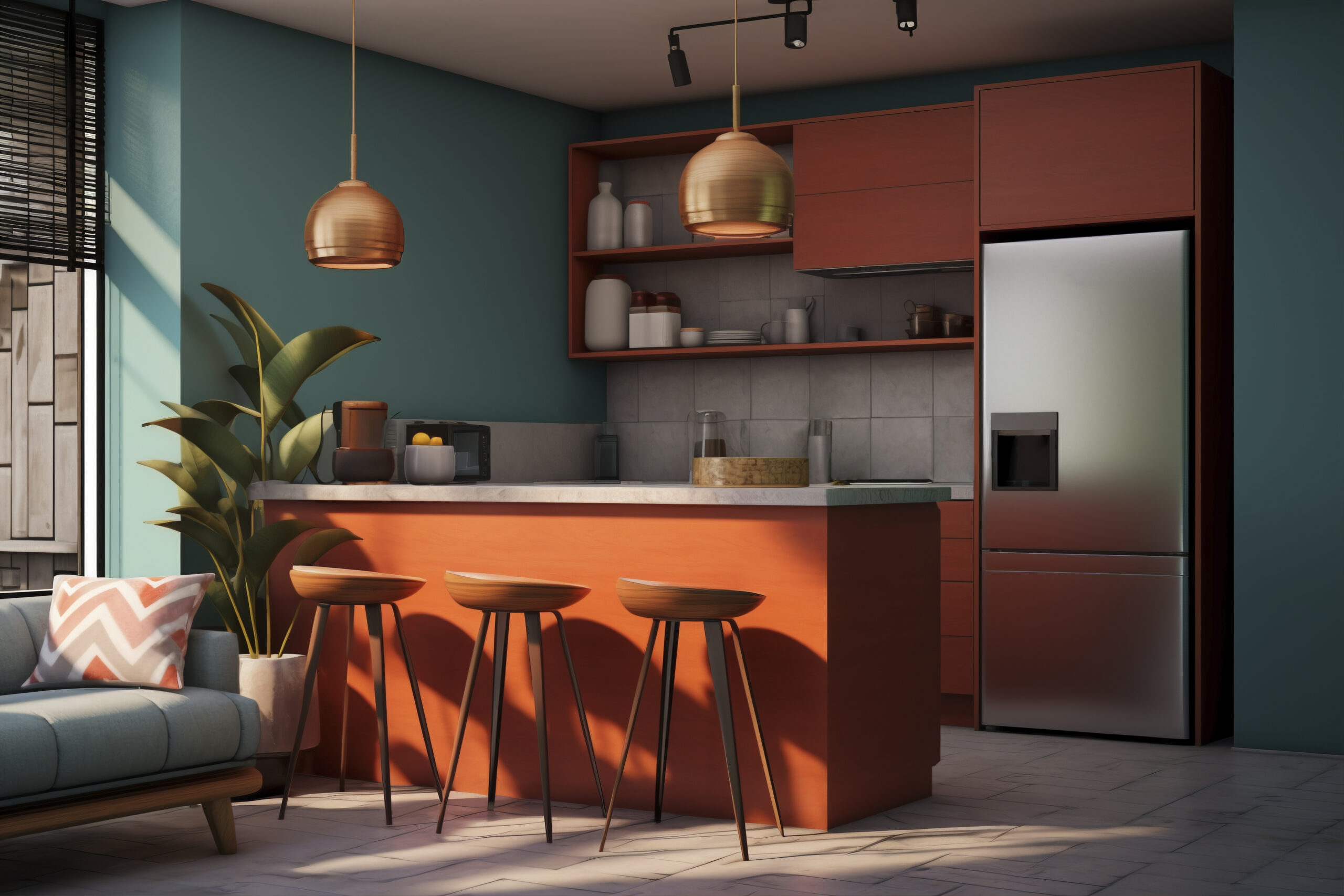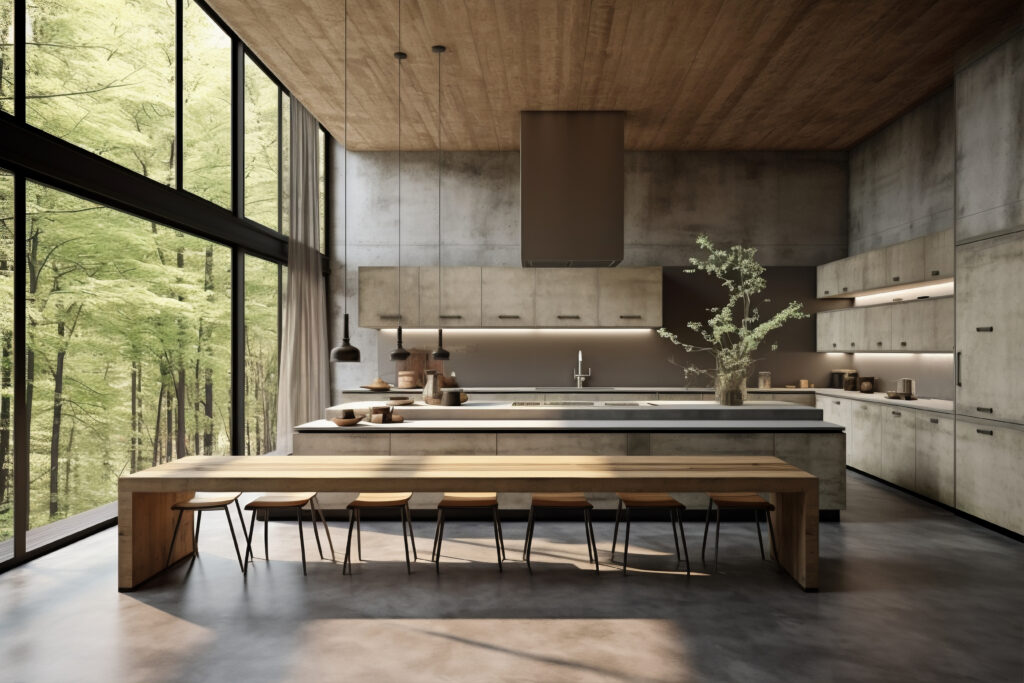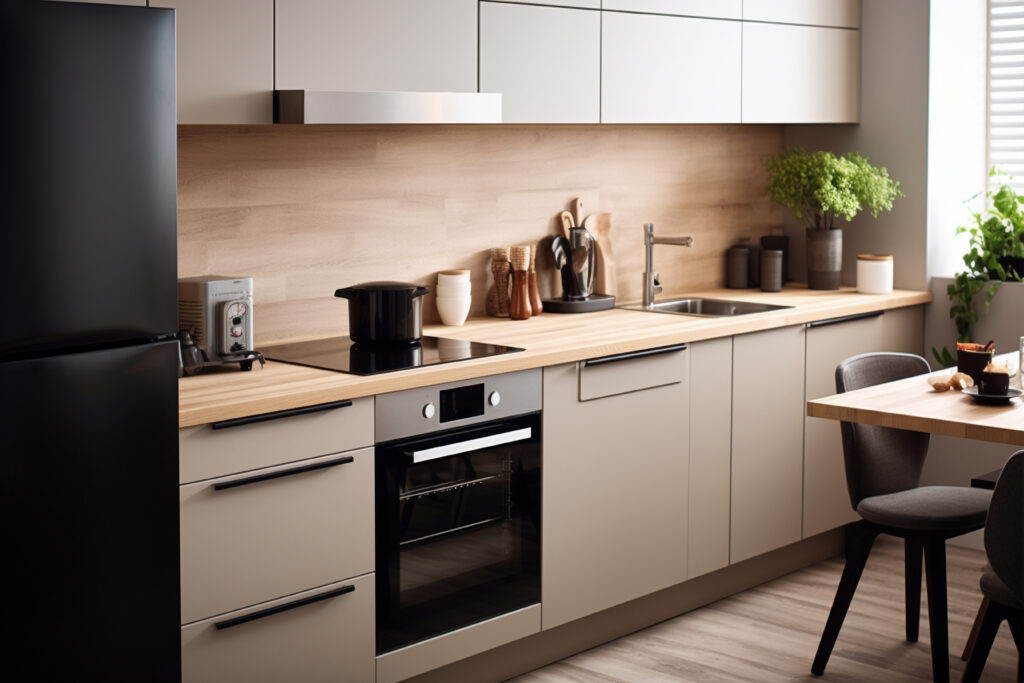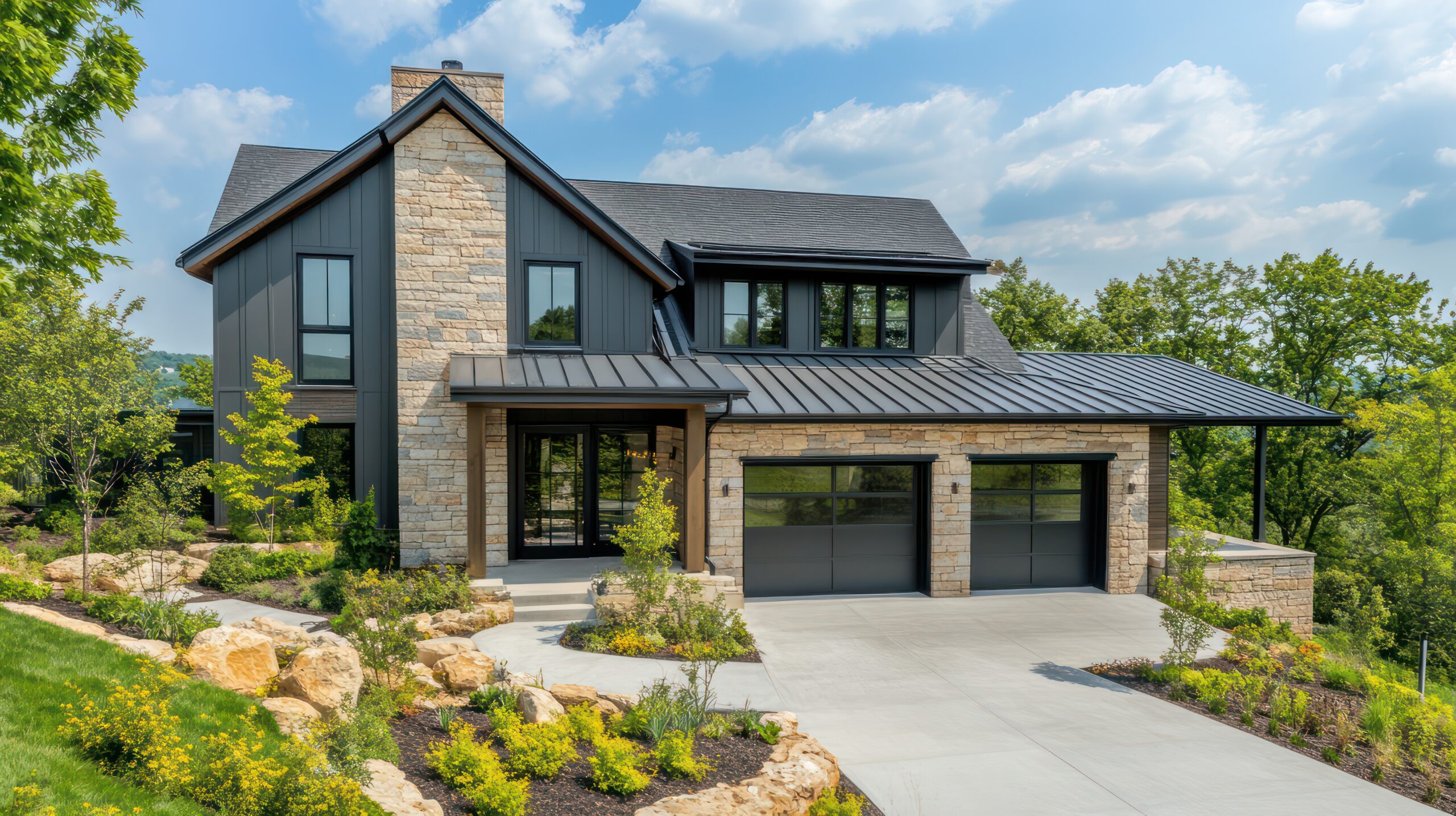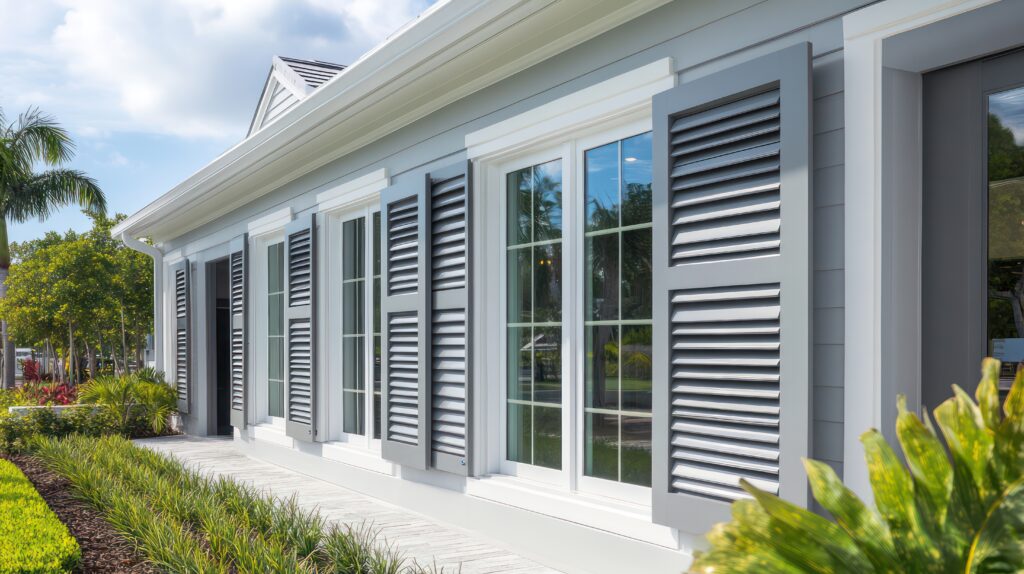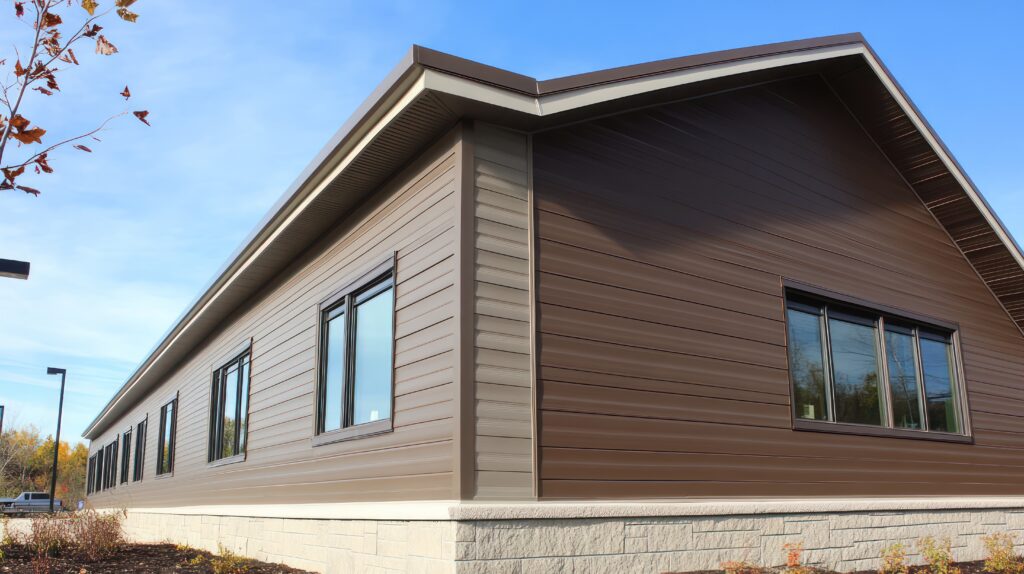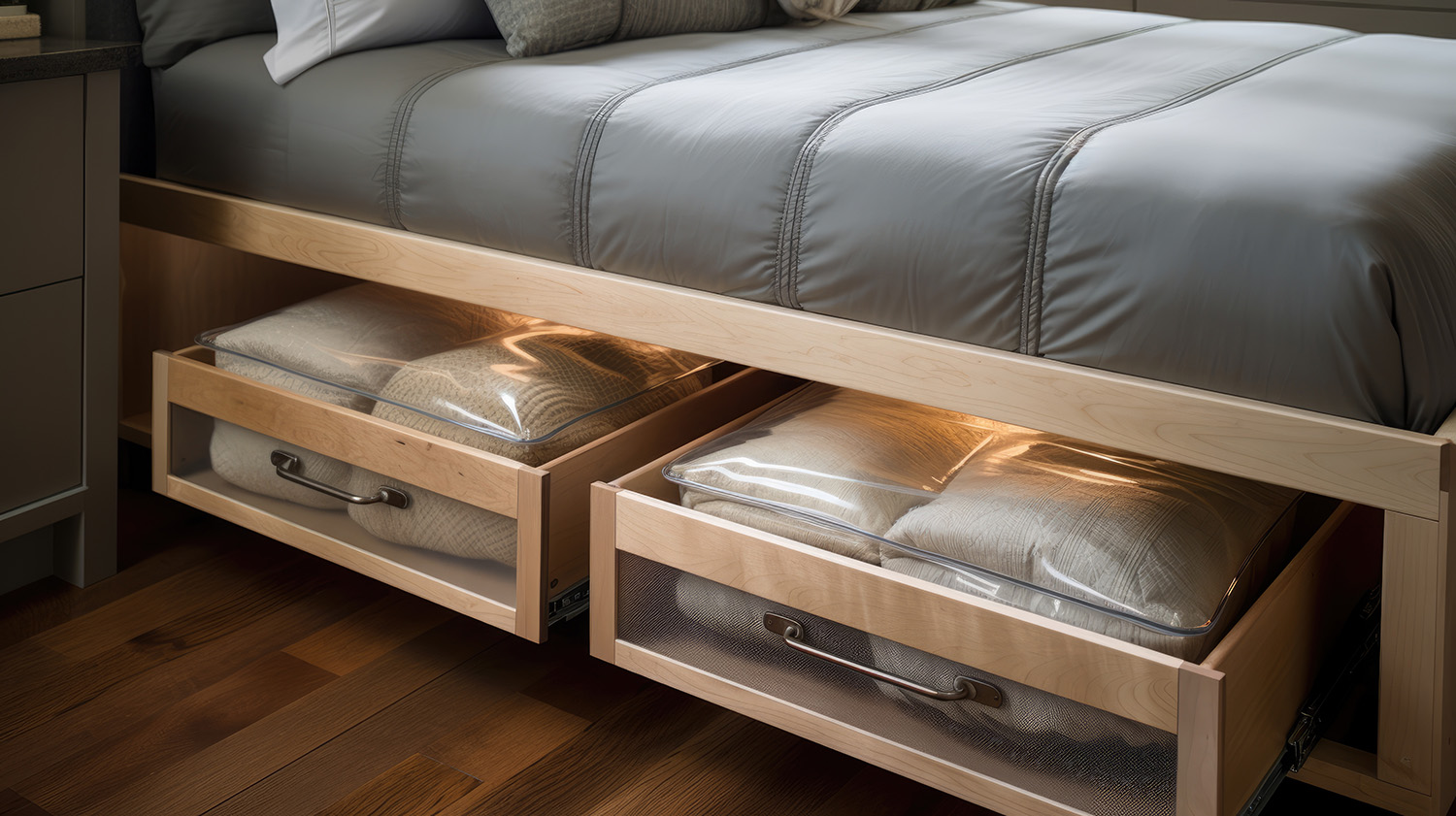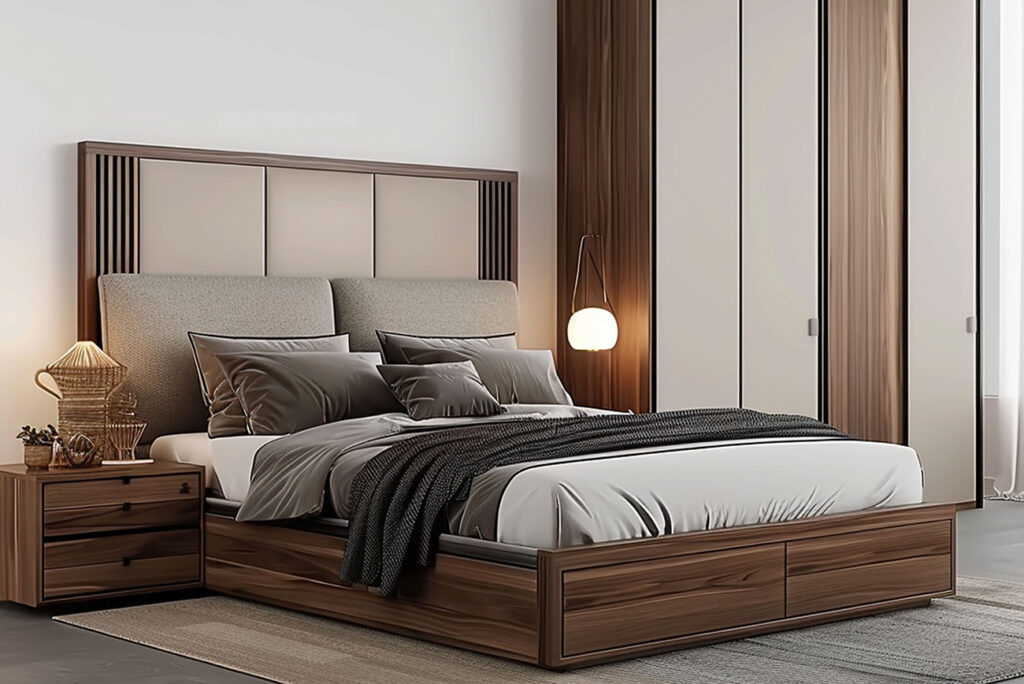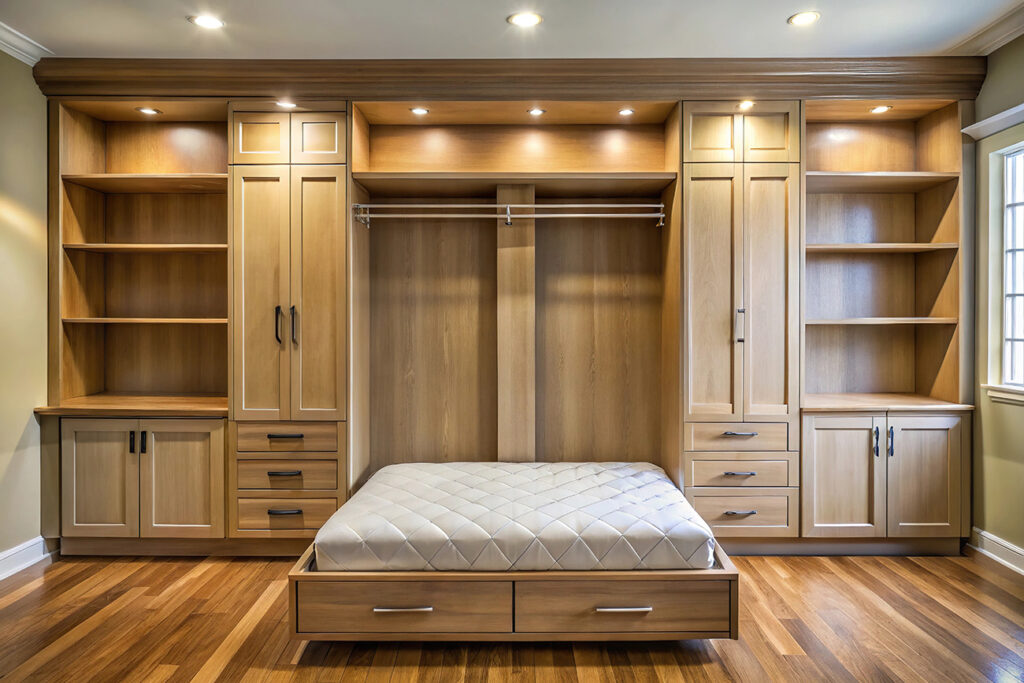When it comes to home improvements, the focus often lands on big-ticket items like cabinets, countertops, or flooring. However, upgrading your hardware—such as knobs, pulls, hinges, and other functional elements—can deliver a high-impact transformation at a fraction of the cost. Thoughtful hardware upgrades elevate the design, functionality, and personality of your space, making it feel fresh and polished.
Why Hardware Matters
Enhanced Aesthetics
Hardware acts as the “jewelry” of your cabinets, drawers, and doors. Choosing stylish knobs or pulls can breathe new life into tired furniture or cabinetry.Improved Functionality
Quality hardware ensures smooth operation and increases the longevity of your doors and drawers. Upgrades like soft-close hinges or drawer slides can make your home more enjoyable to use.Budget-Friendly Transformation
Swapping outdated hardware is one of the most affordable ways to modernize your home without a full-scale renovation.Personalized Style
Hardware upgrades allow you to infuse your personal style into your home, whether you prefer sleek modern pieces, rustic charm, or timeless classics.
Types of Hardware Upgrades
Knobs and Pulls
- Styles: Traditional, contemporary, rustic, industrial.
- Materials: Brass, chrome, nickel, wood, ceramic, or matte finishes.
- Pro Tip: Use oversized pulls on large drawers to add functionality and a bold design statement.
Hinges
- Upgrade to concealed or soft-close hinges for a streamlined appearance and quiet operation.
- Consider decorative hinges if you want a vintage or rustic touch.
Drawer Slides
- Replace worn-out slides with soft-close or full-extension options for smoother functionality.
Hooks and Racks
- Add stylish hooks or wall-mounted racks in entryways, kitchens, or bathrooms for practical storage with flair.
Door Handles and Knobs
- Swap builder-grade handles with decorative ones that match your home’s style.
Smart Hardware
- Consider adding digital or smart locks for enhanced security and convenience.

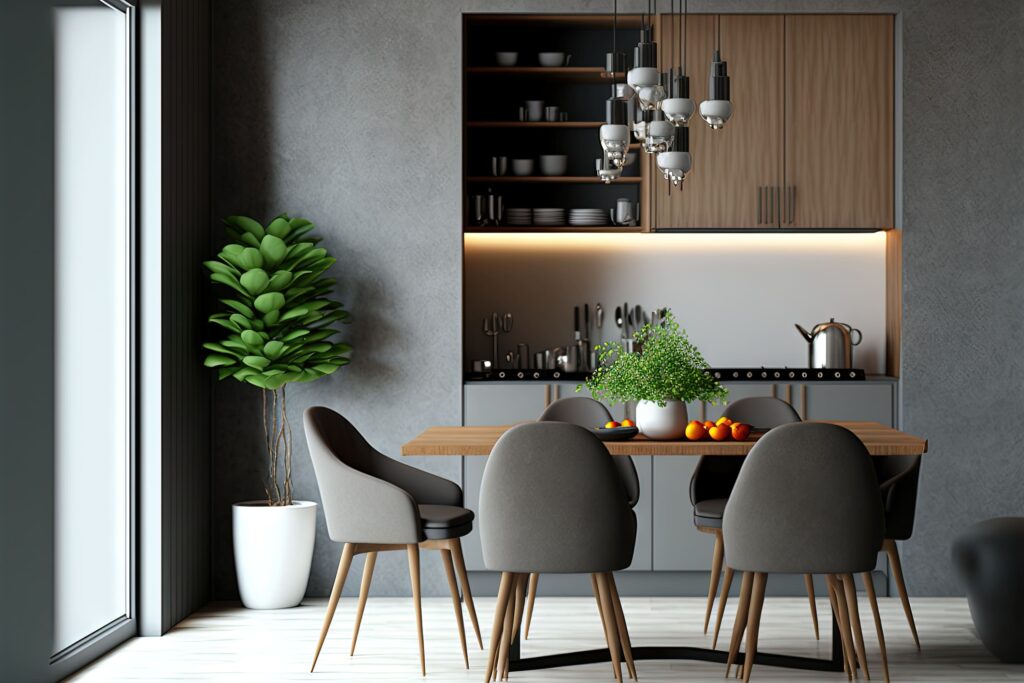
Choosing the Right Hardware
Match Your Style
- For modern spaces, choose hardware with clean lines and polished finishes like chrome or brushed nickel.
- Rustic or farmhouse designs pair well with oil-rubbed bronze or black iron hardware.
Material Matters
- Invest in durable materials like solid brass or stainless steel for long-term performance.
Size and Scale
- Choose hardware that complements the size of your cabinets or drawers. Oversized handles look great on wide drawers but may overwhelm smaller doors.
Finish Coordination
- Ensure consistency in finishes across your hardware for a cohesive look. Mixing metals can work, but it requires balance and intentionality.
The Hardware Upgrade Process
Planning
- Take inventory of existing hardware and note the number and type of pieces needed.
- Measure existing holes and spacing to avoid additional drilling.
Selection
- Visit hardware showrooms or browse online to find styles and finishes that suit your space.
Installation
- Use a template for accurate placement, especially if you’re adding pulls to doors or drawers for the first time.
- Ensure screws are securely tightened but avoid overtightening to prevent damage.
DIY vs. Professional Installation
Most hardware upgrades are simple enough for a DIY project, requiring basic tools like a screwdriver or drill. However, if your project involves drilling new holes or replacing complex mechanisms like soft-close hinges, professional assistance ensures precision and avoids potential damage.
Affordable Yet Impactful
The beauty of hardware upgrades lies in their affordability and versatility. Even a small investment in premium knobs, pulls, or hinges can dramatically alter the feel of a room. It’s an ideal option for renters or homeowners looking to refresh their space without committing to a major renovation.
Conclusion
Hardware upgrades may be small in scale, but their impact on your home’s design and usability is anything but minor. From stylish cabinet pulls to innovative soft-close mechanisms, upgrading your hardware is an easy way to enhance both aesthetics and functionality. Whether you’re modernizing a kitchen, refreshing a bathroom, or sprucing up furniture, investing in quality hardware delivers enduring value and charm.


